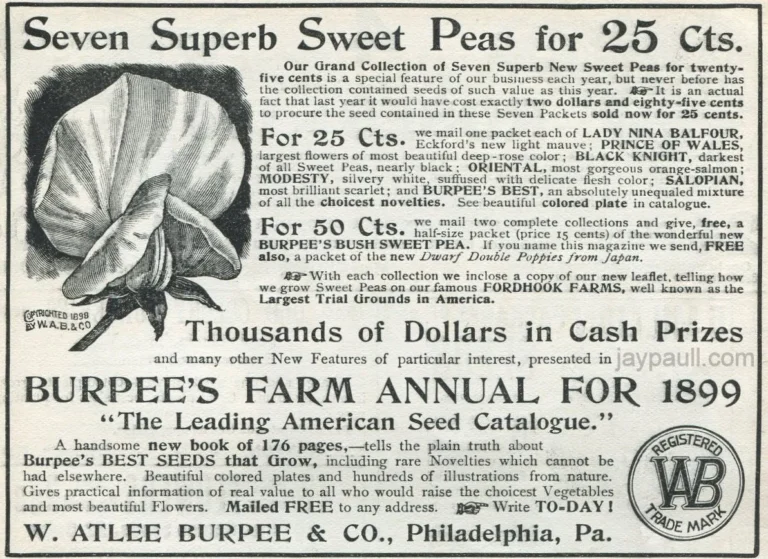
Newspaper advertising has been a cornerstone of marketing in the United States for over a century. It has evolved from printed advertisements in daily papers to highly targeted digital campaigns. In this article, we’ll explore the journey of newspaper advertising, from its golden age to its current status and what the future holds for this traditional yet resilient medium.
1. The Past: The Golden Era of Newspaper Advertising
For most of the 20th century, newspapers were the primary channel for advertisers. Print ads were everywhere – from full-page ads to small classifieds, businesses knew the importance of placing their products in major U.S. newspapers like The New York Times, USA Today, and The Chicago Tribune.
Example:
In the 1950s and 1960s, large brands like Coca-Cola used the power of newspaper ads to reach millions. Coca-Cola’s full-page ads often appeared in the Sunday editions, capturing the attention of families enjoying their weekend.
The simple yet effective ad strategies included prominent displays of products, eye-catching images, and large headlines that could grab attention. It was a time when newspapers were the go-to source for news and entertainment, and advertising was a key revenue stream for publishers.

Also Read : Market Research: Understanding Data Types & Sources in 2025
2. The Present: Adapting to the Digital Era
Today, traditional print ads are no longer the dominant force they once were. As digital platforms gained traction, especially the internet and social media, the role of newspaper advertising shifted. However, it’s not all doom and gloom for newspapers; many publications have transitioned to the digital world, maintaining their relevance through websites and digital subscriptions.
For example, The New York Times and The Washington Post have embraced online advertising, using digital display ads, native advertising, and sponsored content to attract advertisers. These methods allow brands to target specific audiences more effectively than print ever could.
Example:
The New York Times has worked with major tech companies like Microsoft and Google to create native ads – content that blends seamlessly with editorial articles. This allows advertisers to reach engaged readers without the jarring interruption of traditional banner ads.
Digital ads also allow for better tracking, measuring, and targeting. Data can show exactly who is interacting with ads, which is far more efficient than the broad estimates provided by traditional print.

continue reading…


